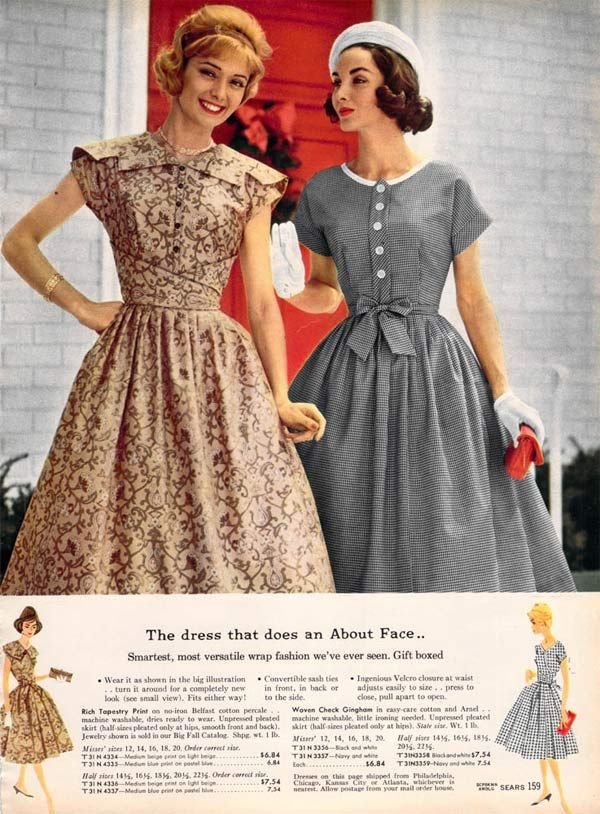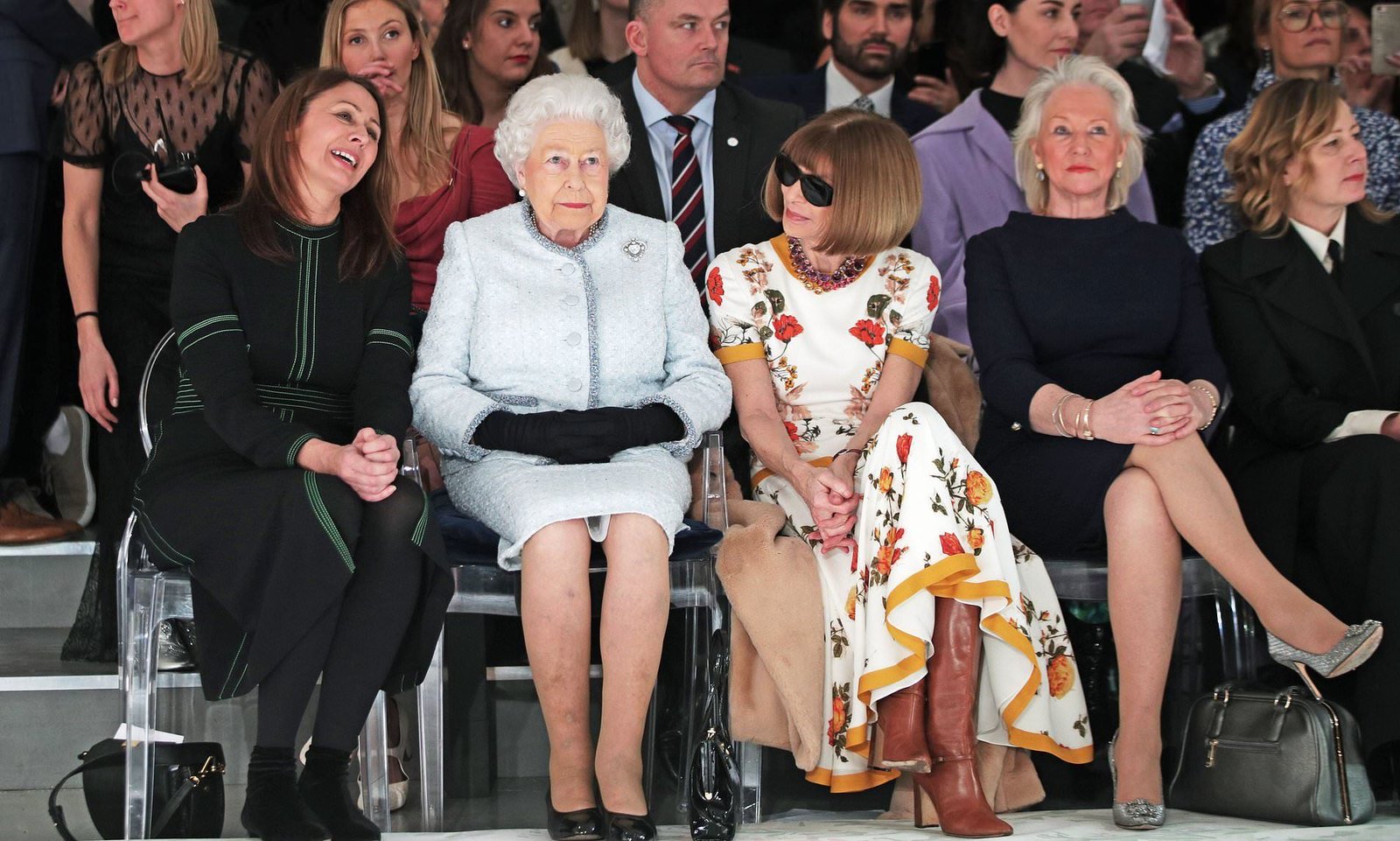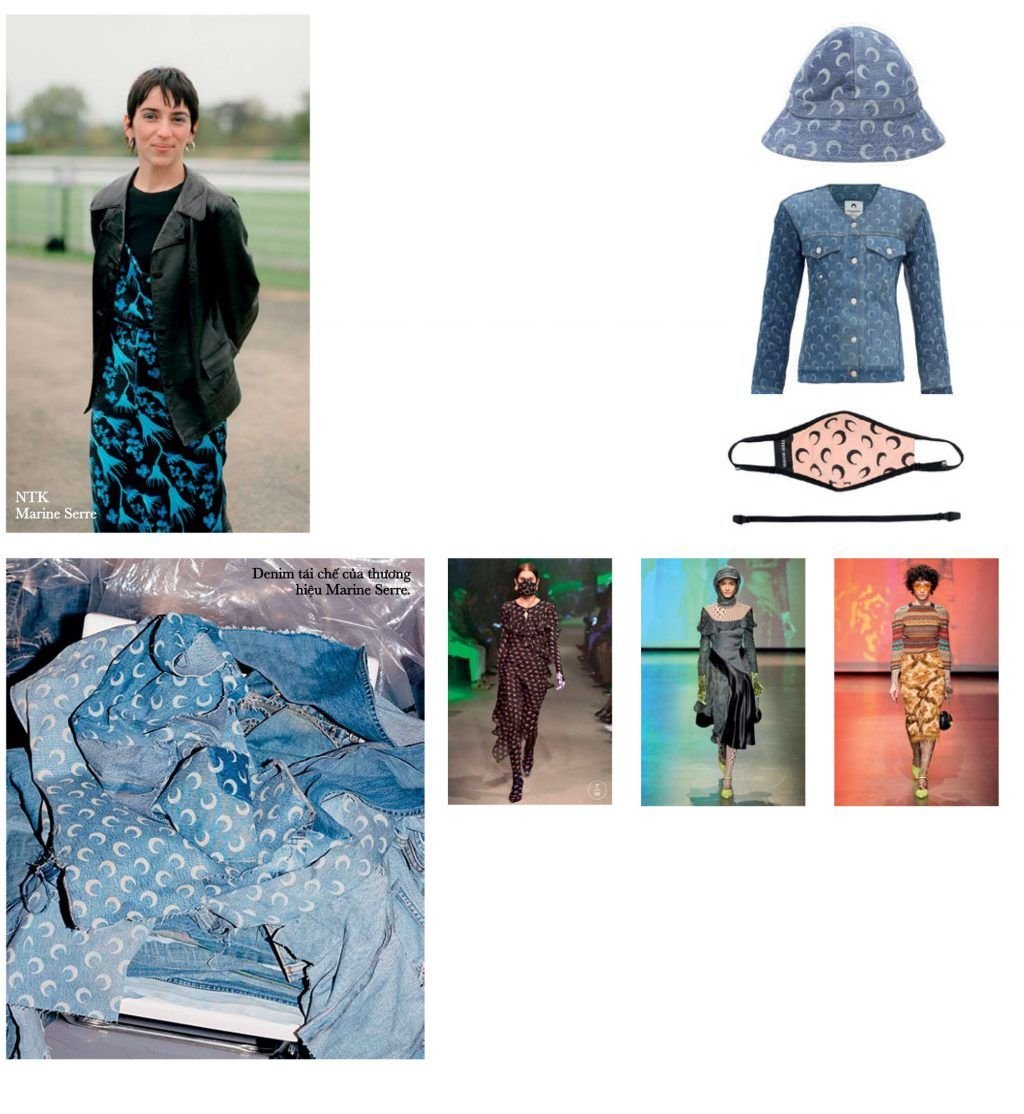Tyra Banks once said: `Fashion is a revolving chain.`
What is vintage style?
In its original meaning, vintage is used to refer to the age of wine, oil and cars that are at least 50 years old.
Vintage style of the 1950s. (photo: Retrowaste)
Vintage fashion items such as clothes, accessories, shoes, handbags… are often available in very small quantities because most have stopped being produced, become defective over time or are very difficult to wear (women in the past often owned them).

Vintage bag designs have the same value or are many times more expensive than the bags in the latest collection.
So what is retro?
If vintage is old fashion items stored from the past, retaining the nostalgic breath from shape to needlework and stitching, then retro is the word that refers to new designs that are produced and reproduced on materials.
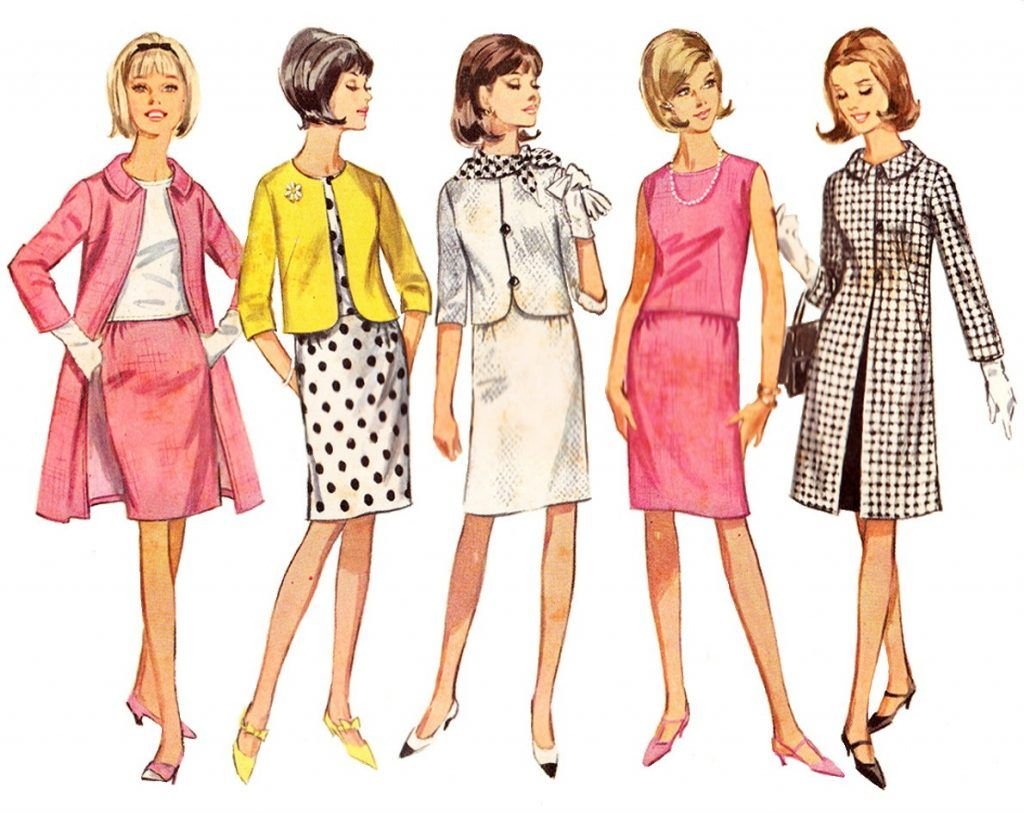
Retro style fashion of the 1960s and 1970s. (Photo: Yousense)
Not stereotyping old-fashioned designs, the blend of classic beauty and modern imprints of retro style has created new standards for fashion.

Retro style design on the Marc Jacob catwalk Spring – Summer 2019. (Photo: Imaxtree)
Typical vintage and retro items
To conquer vintage or retro items, you should clearly understand the styles represented by each decade because each decade will have a different fashion flow.
Gentle, sexy features from vintage designs
As mentioned, vintage is a `stormy` style because of fashion items from the 20s to 60s.
1920s
Beginning in the 1920s, the feminist movement emerged strongly.

A flapper dress is a style of dress with the waist lowered to the hips, or the waist completely disappears like loose dresses.
1930s
The 1930s were the return of the feminine image with deep necklines and low-waist dresses.
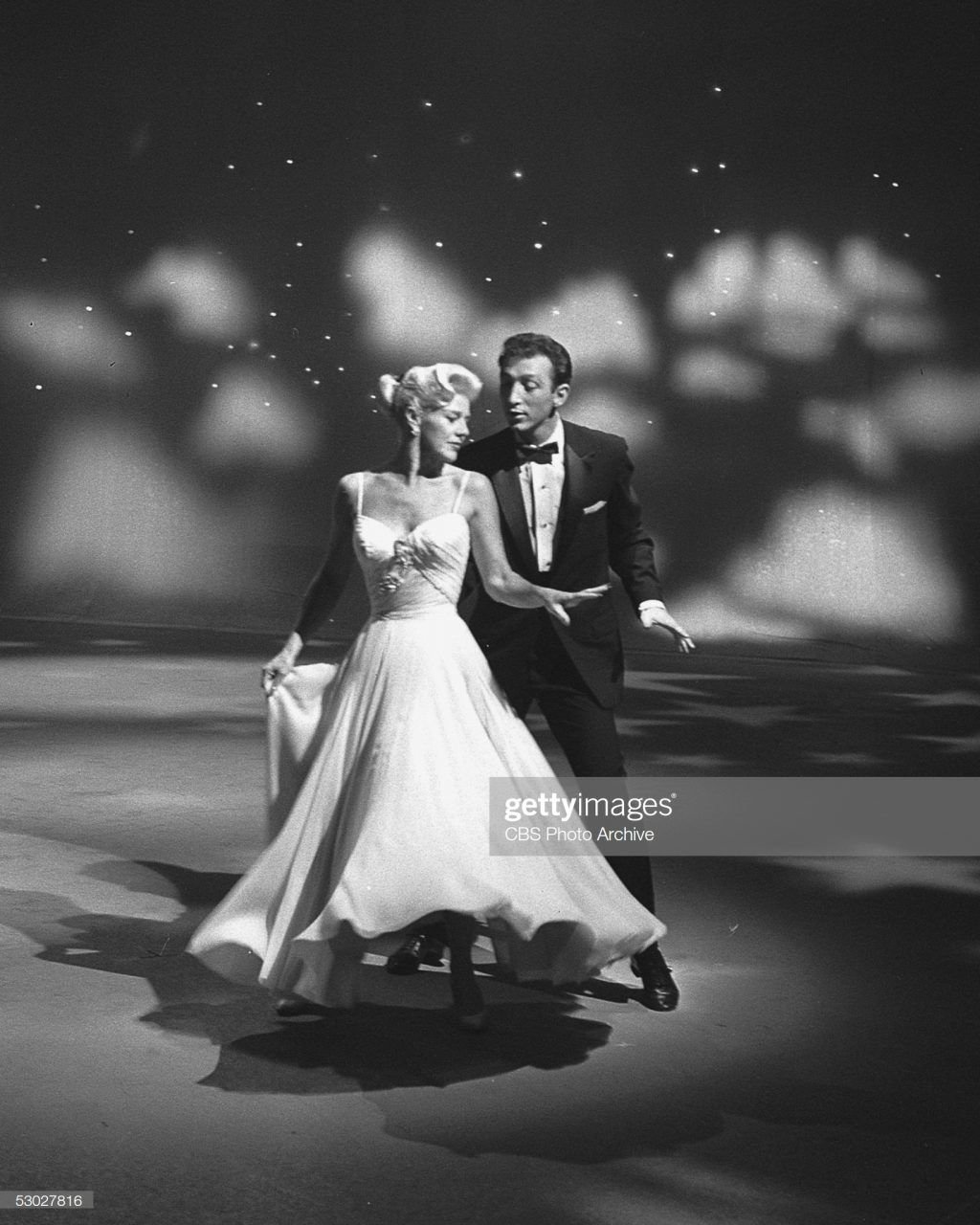
Actress Ginger Rogers in the movie `Swing Time` (1936) with a typical dress design of the 30s.
1940s
In the 1940s, when World War II took place, minimalism dominated the designs in both materials and colors.
Bar suit, a famous outfit from Dior’s New Look collection, launched in 1947. (Photo: Getty Images)
1950s
After the dark curtain of war, bright colors returned to fashion, marked by the arrival of slim-fitting dresses that flattered the hourglass figure, captivating gentlemen.
Audrey Hepburn…(Photo: Getty Images)
and Marilyn Monroe became fashion icons of the world in the 1950s. (Photo: Getty Images)
Personality with retro designs
Retro is divided into 3 typical styles corresponding to each period, similar to vintage.
60s
In the 1960s, fashion was simplified.
First Lady Jackie Kennedy wore a shift dress and became a fashion icon in the 60s. (Photo: Getty Images)
Or the cape jackets that drove fashion lovers crazy decades ago have now come back.
70s
In the 70s, the hippie, glam rock and punk movements with all kinds of tunic shirts, tube tops, flared pants, jumpsuits and super short tights covered the fashion world.
Flared pants were a `fever` item in the 1970s… (Photo: Cutypaste)
…now many fashionistas compete with each other for variations.
80s
In 1980, the aerobic trend urged women to show off their healthy figure with tight dresses and catsuits combined with oversized earrings and fayrarer glasses.
(Photo: Fashion Couture 101)
Photo: The Zoe Report
